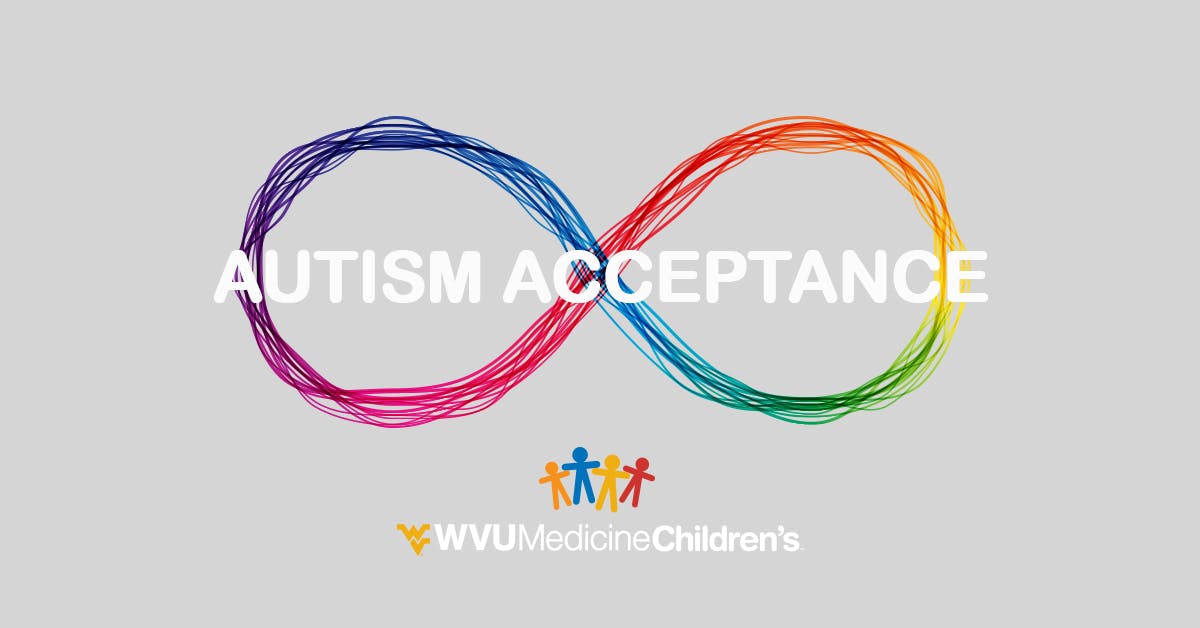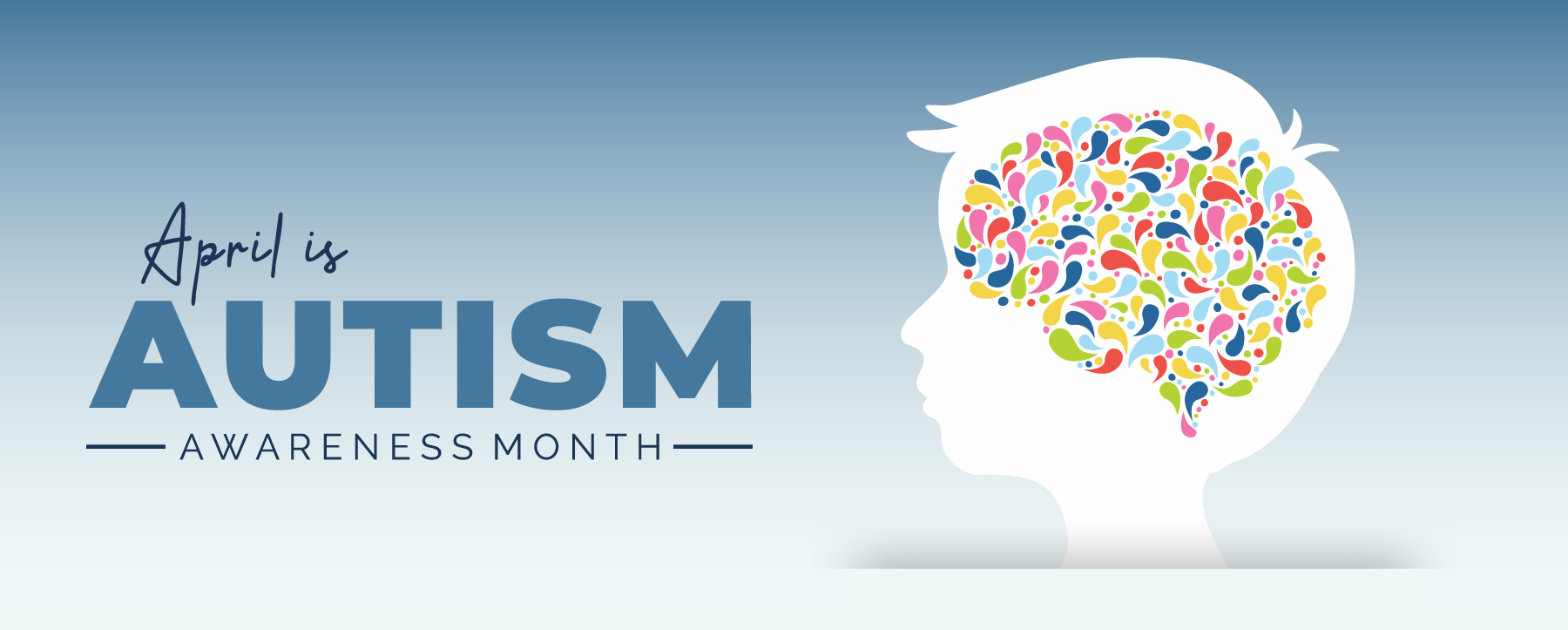Checking Out Autism: Techniques for Reliable Communication and Communication
Reliable communication and communication with people on the autism spectrum require a comprehensive understanding of their one-of-a-kind needs and preferences. The details of these methods disclose more considerations that warrant exploration, especially in exactly how they can be adapted to diverse contexts and individual experiences.
Comprehending Autism Range Condition
Autism Spectrum Problem (ASD) includes a variety of neurodevelopmental problems identified by difficulties in social interaction, communication, and recurring behaviors. The term "range" shows the varied indications and varying levels of severity experienced by individuals with ASD. While some may show considerable disabilities, others may present high-functioning traits, enabling for better freedom in every day life.
The start of ASD normally takes place in very early youth, with signs often identifiable by age two. Very early signs might include postponed speech development, limited eye call, and difficulties in understanding social hints. The specific etiology of ASD stays vague, study recommends a mix of environmental and hereditary elements plays a crucial duty in its advancement.
As an outcome, treatments and support tailored to specific demands are crucial for cultivating communication and social skills. Identifying the intricacy of ASD is vital for advertising understanding, approval, and efficient approaches that facilitate significant interactions with individuals on the spectrum.

Significance of Clear Communication
Efficient interaction is vital for fostering understanding and connection, particularly for people with Autism Spectrum Problem (ASD) Clear communication not only promotes social communications but also improves the person's capacity to share their ideas, demands, and feelings. For individuals with ASD, the subtleties of language can frequently be challenging; as a result, making use of straightforward and unambiguous language is vital.
Moreover, clear communication aids minimize stress and anxiousness that may arise from misunderstandings. When messages are shared in a straight and regular way, people with ASD are better geared up to translate information precisely, which can considerably enhance their social engagement and engagement in numerous settings.
Establishing regimens and making use of visual supports can even more reinforce clear interaction. These methods provide individuals with foreseeable structures that assist comprehension and retention of information. Additionally, actively being and paying attention person during communications advertises a supportive environment where people with ASD really feel valued and understood.
Inevitably, prioritizing clear communication not just encourages people with ASD yet also cultivates more purposeful links with their peers, caretakers, and the wider community, leading the means for comprehensive interactions and collaborative relationships. - autism
Non-Verbal Interaction Strategies
Communication prolongs beyond words, and for individuals with Autism Range Disorder (ASD), non-verbal cues play a significant role in communications. Non-verbal communication methods can include facial expressions, gestures, body language, and eye contact, all of which act as important parts for conveying emotions and purposes.
Understanding and interpreting these non-verbal signals can enhance communications with people with ASD. A warm smile or open position can develop an inviting ambience, motivating involvement. Making use of visual aids-- such as image cards or signs-- can link interaction voids and aid convey messages more properly.
It is also essential to be conscious of individual room, as individuals with ASD might have different convenience degrees regarding closeness. Observing their responses to physical closeness can inform proper adjustments.

Creating Encouraging Environments
Producing an encouraging setting is essential for promoting positive interactions and boosting the health of people with Autism Range Disorder (ASD) Such environments can considerably lower anxiety and create a feeling of safety, allowing people to express themselves extra freely.
To achieve this, it is vital to think about sensory level of sensitivities that individuals with ASD may experience. Changing the physical room to consist her explanation of soft illumination, very little background sound, and comfy seats can develop a relaxing atmosphere. Furthermore, using constant routines and clear aesthetic routines can help people expect transitions and reduce uncertainty, additional promoting comfort.
Social spaces need to be structured to lessen overwhelming stimulations while supplying possibilities for interaction in recommended activities. Assisting in areas marked for quiet time can likewise serve as a sanctuary during moments of tension. Significantly, incorporating components of choice encourages people, allowing them to work out agency in their environment.

Motivating Social Interactions
Fostering social interactions amongst individuals with Autism Range Problem (ASD) calls for intentional strategies that prioritize comfort and engagement. Establishing predictable routines can aid reduce anxiousness, making social setups extra friendly. Developing organized settings with specified responsibilities and duties allows people to engage without the overwhelming pressure of unstructured social dynamics.
Including rate of interests and strengths right into social tasks can act as a driver for communication. Organizing group tasks around shared leisure activities or topics of fascination can help with all-natural discussions and links. Additionally, utilizing visual supports, such as social manuscripts or photographic schedules, can assist in understanding social cues and expectations.
Modeling proper social habits is crucial - autism. Peers and adults ought to demonstrate efficient communication methods, consisting of energetic listening look at these guys and turn-taking. Role-playing circumstances can additionally provide a safe space for people to exercise these abilities
Last but not least, cultivating peer partnerships via comprehensive techniques is crucial. Encouraging comprehensive playdates or team trips can produce chances for socialization in a comfortable setting. By implementing these strategies, caretakers and teachers can significantly boost social communications for individuals with ASD, promoting their total social advancement and well-being.
Conclusion
In conclusion, efficient interaction and communication strategies are vital for sustaining people with Autism Spectrum Disorder. Eventually, these approaches encourage individuals with autism to navigate social landscapes, promoting their general wellness and making it possible for the growth of lasting relationships.
Efficient interaction and communication with people on the autism range demand a comprehensive understanding of their unique needs and preferences. Clear communication not only assists in social communications however additionally boosts the person's capacity to share their emotions, demands, and ideas.Fostering social interactions among individuals with Autism Range Problem (ASD) calls for willful you could try this out methods that prioritize comfort and engagement. By implementing these strategies, caretakers and instructors can considerably enhance social communications for people with ASD, promoting their total social advancement and well-being.
In final thought, effective interaction and interaction approaches are vital for sustaining individuals with Autism Range Condition.
 Kirk Cameron Then & Now!
Kirk Cameron Then & Now! Michael Fishman Then & Now!
Michael Fishman Then & Now! Danny Pintauro Then & Now!
Danny Pintauro Then & Now! Richard Thomas Then & Now!
Richard Thomas Then & Now! Traci Lords Then & Now!
Traci Lords Then & Now!